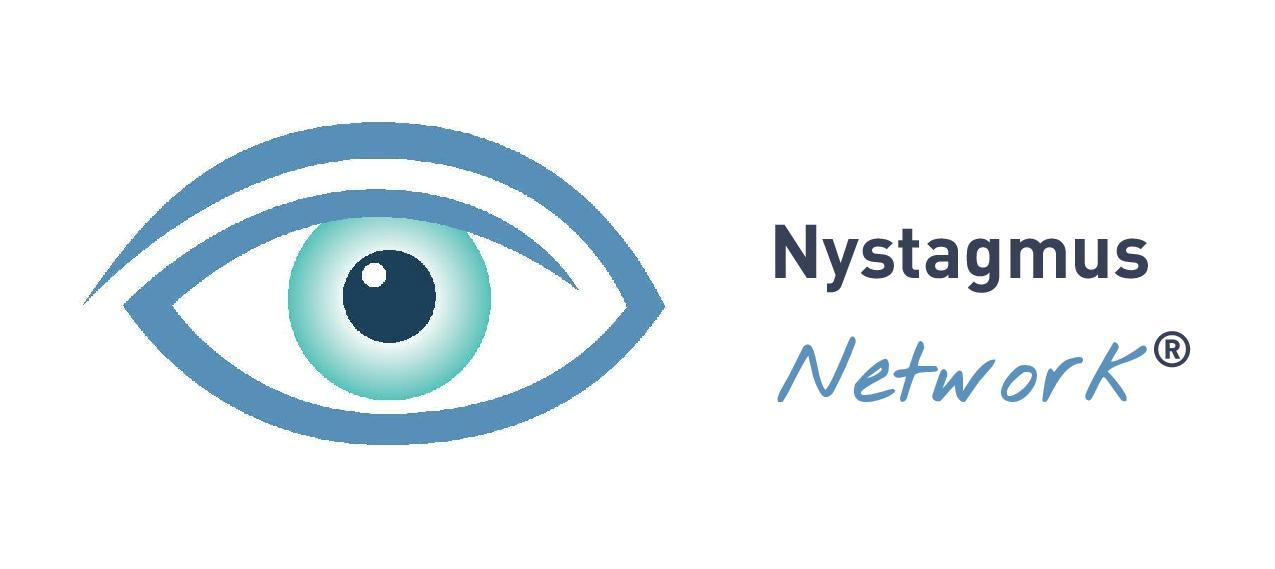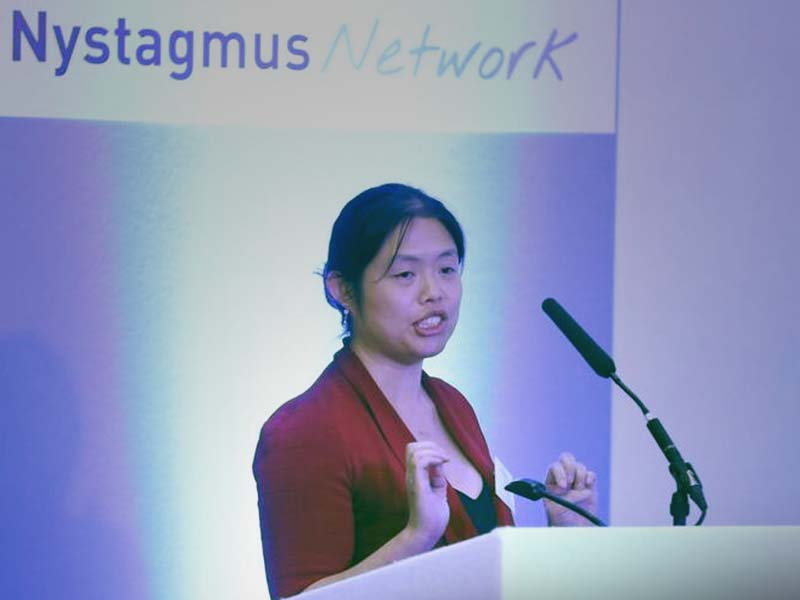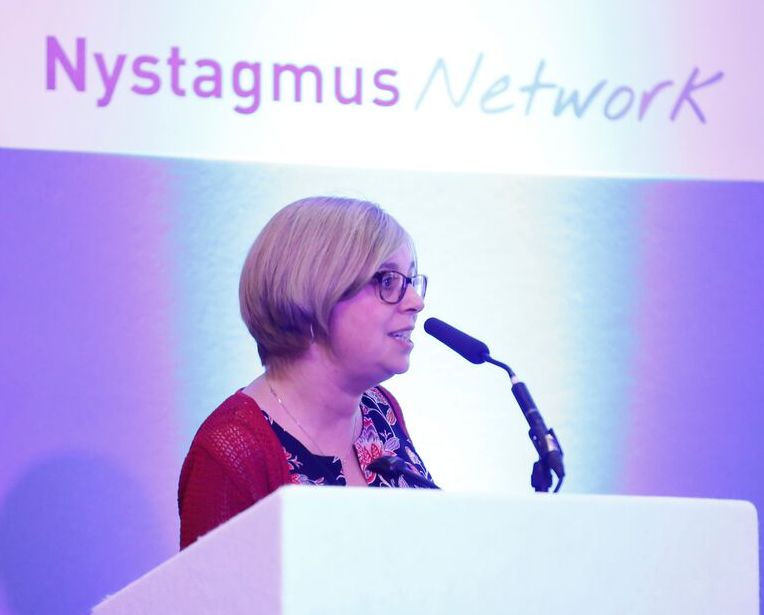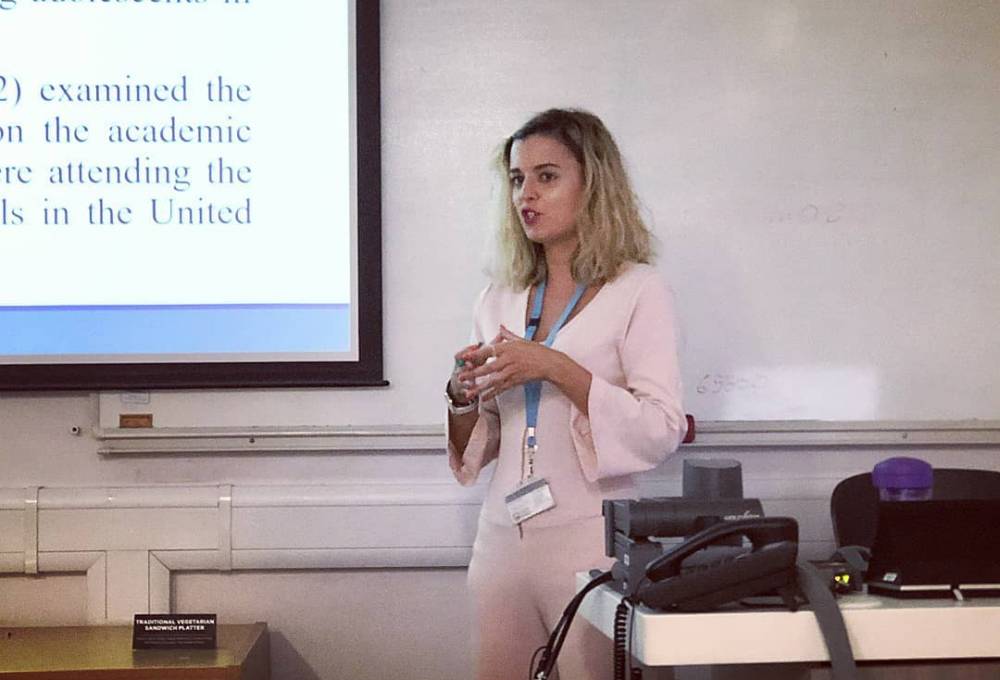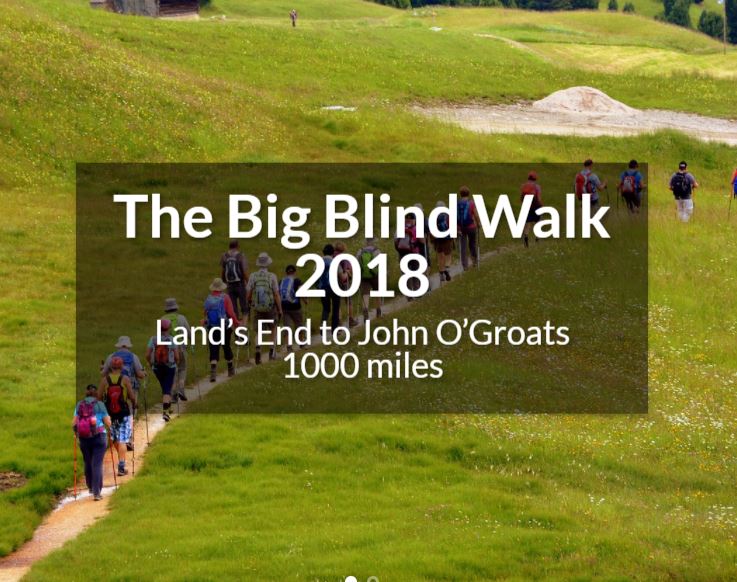A report by John Sanders who, at different times, has been a Nystagmus Network trustee, as well as an employee and continues to be a member of the charity.
The other day I went to a talk entitled “My wobbles through the world of nystagmus” by Southampton based ophthalmologist, Helena Lee. This was part of Cardiff University’s School of Optometry and Vision Sciences’ “Cornea to Cortex” series of lectures.
Helena’s key message was: “We are making progress in understanding nystagmus, but it’s not easy.” For instance, Helena has done ground-breaking research into the use of OCT (Optical Coherence Tomography) scans as a diagnostic tool for nystagmus. Her research has been published and its findings are now pretty much accepted, but only after numerous rejections.
It’s largely thanks to Helena’s persistence (supported by colleagues in Leicester and Southampton) that OCT is now available for some children with early onset nystagmus (aka congenital nystagmus). Six years ago no-one even knew whether or not you could use an OCT scanner on an infant with moving eyes.
Some of the obstacles to answering that question were pretty basic. It was only through trial and error that Helena learned how to get one year olds to sit still long enough to scan their eyes. Making sure they’re fed and having the right cuddly toys to hand helps greatly.
Next, when you have the scans, how do you know what a normal infant retina looks like? And how might it differ in a child with nystagmus, achromatopsia or albinism? No-one knew the answer to those questions either. So Helena and her colleagues had to create a database of OCT scans from hundreds of children. Some had conditions like nystagmus, while others had no eye conditions.
Visible benefits
Thanks to that project, OCT scans are now providing benefits for families affected by nystagmus. The scans help provide a faster, more accurate diagnosis of nystagmus and its possible underlying causes. If you know the likely underlying cause, it often means you can give the family a better idea of how a child’s vision will be affected by nystagmus when they grow up.
In the longer term, early diagnosis may even lead to early intervention and treatment, which could in turn mean better vision. Note to adults (including me): the emphasis is on the word early. Helena’s work suggests there may be a window of opportunity in infancy to intervene before the eyes fully develop. Miss that opportunity and it’s much less clear whether treatment may be possible in adults.
As for the nature of treatment, at the moment it looks possible that it may be gene based. That’s one of the areas where Helena expects to see progress in the coming years. For now, though, the reality is that even OCT as a diagnostic tool for nystagmus in children is available in only a handful of UK hospitals. On top of that, getting research funded is not easy.
Lots more questions
Helena applied for and was turned down 11 times for funding for a project to look at a possible treatment to improve vision in infants with albinism. She reckons that’s more rejections than J K Rowling had with the first “Harry Potter” book. Finally, Helena struck lucky with an MRC (Medical Research Council) grant, but admits she was tempted more than once to give up her dream of pursuing research.
And we do need more research, because there are so many unanswered questions about nystagmus. For instance, does nystagmus cause the abnormalities in the eye picked up by OCT scans? Or do those abnormalities cause nystagmus? Initial signs are that the answer is likely to be complex and involve both the eye and the vision system in the brain.
One final thought that some may find surprising. Even if early intervention and treatment does become possible, current evidence suggests that simply stopping nystagmus in infancy won’t necessarily lead to normal vision. Hopefully it will lead to better vision than no intervention at all, but at the moment we can’t even be sure of that.
John Sanders
March 2018
